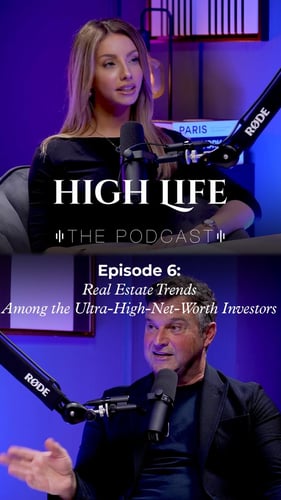
Real Estate Trends Among The UHNW Investors
The real estate investment trends of ultra-high-net-worth individuals

The real estate investment trends of ultra-high-net-worth individuals

The Importance of Wills for Expats in the UAE
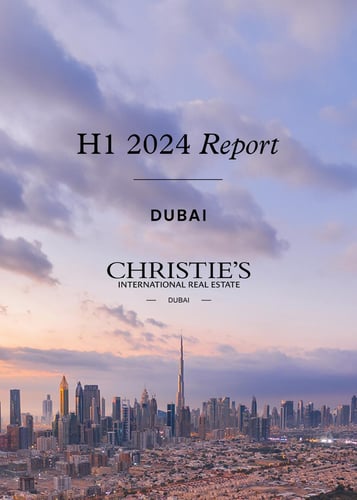
The market recorded approximately 80,000 transactions worth AED 233 billion

A Comparative Look at London and Dubai Real Estate

High Life - The Podcast by Christie's International Real Estate Dubai

High Life - The Podcast by Christie's International Real Estate Dubai

High Life - The Podcast by Christie's International Real Estate Dubai

A world-class showcase of distinguished homes
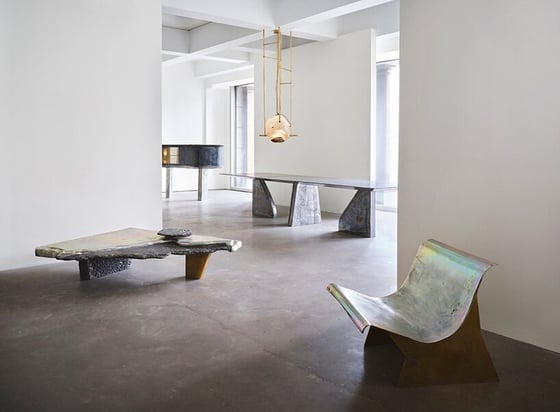
If you want to create a unique style for your home, take a look at the furniture makers designing special

With A-list fans including Madonna, the award-winning design studio's approach makes a bold statement
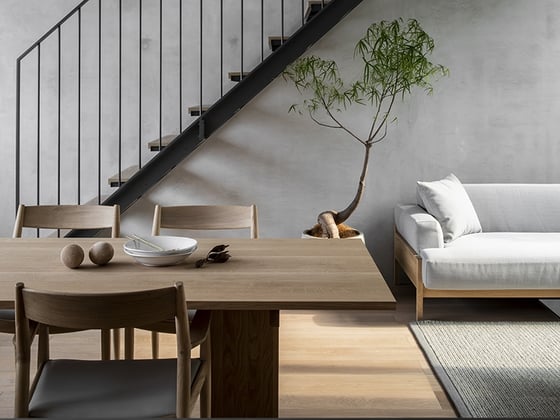
This hybrid trend combines the modern flair of Scandi design with the timeless appeal of Japanese aesthetics

A world-class showcase of distinguished homes
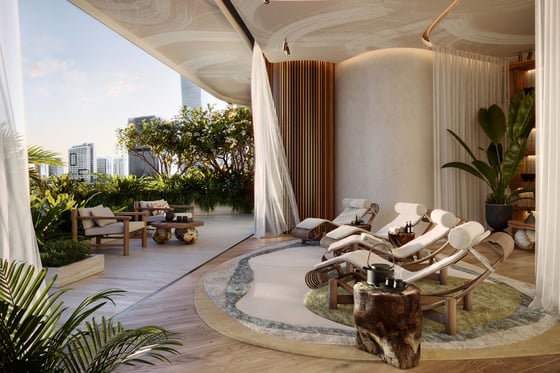
Discover Eywa, a harmonious blend of sustainable design and luxurious living on the Dubai Canal.
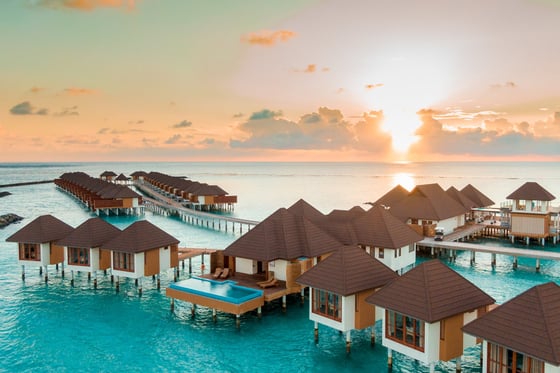
Christie's International Real Estate Dubai takes a look at six places to travel to for the perfect holiday getaway.

Explore the pinnacle of culinary opulence with Dubai's most expensive restaurants.
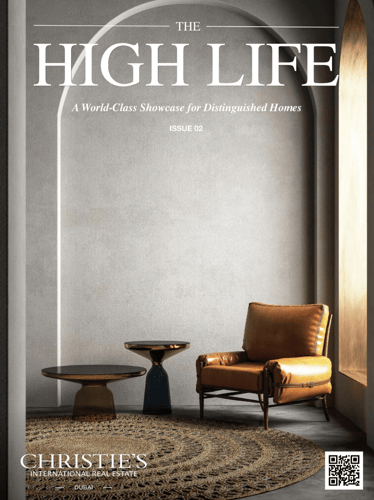
A world-class showcase of distinguished homes

A world-class showcase of distinguished homes
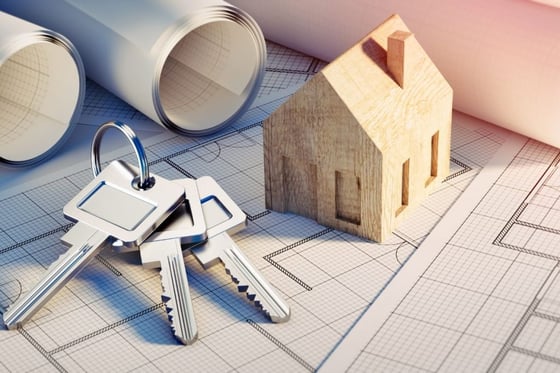
A comprehensive guide to Mollak system, registration and services
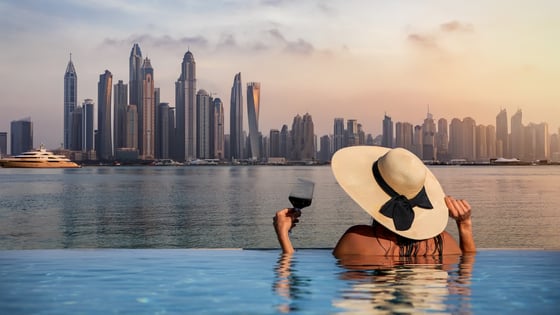
The insider's guide to luxury living in Dubai
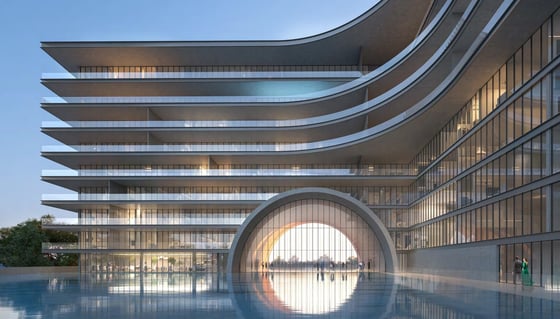
Guide for property investors and homebuyers
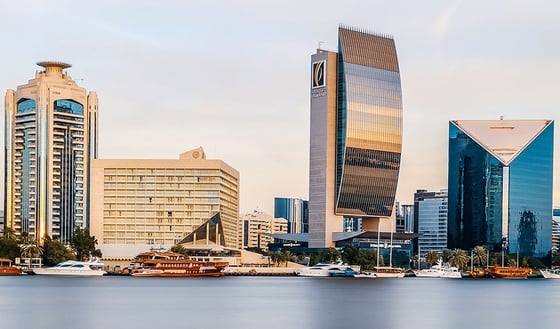
A complete guide for expats and foreign property investors